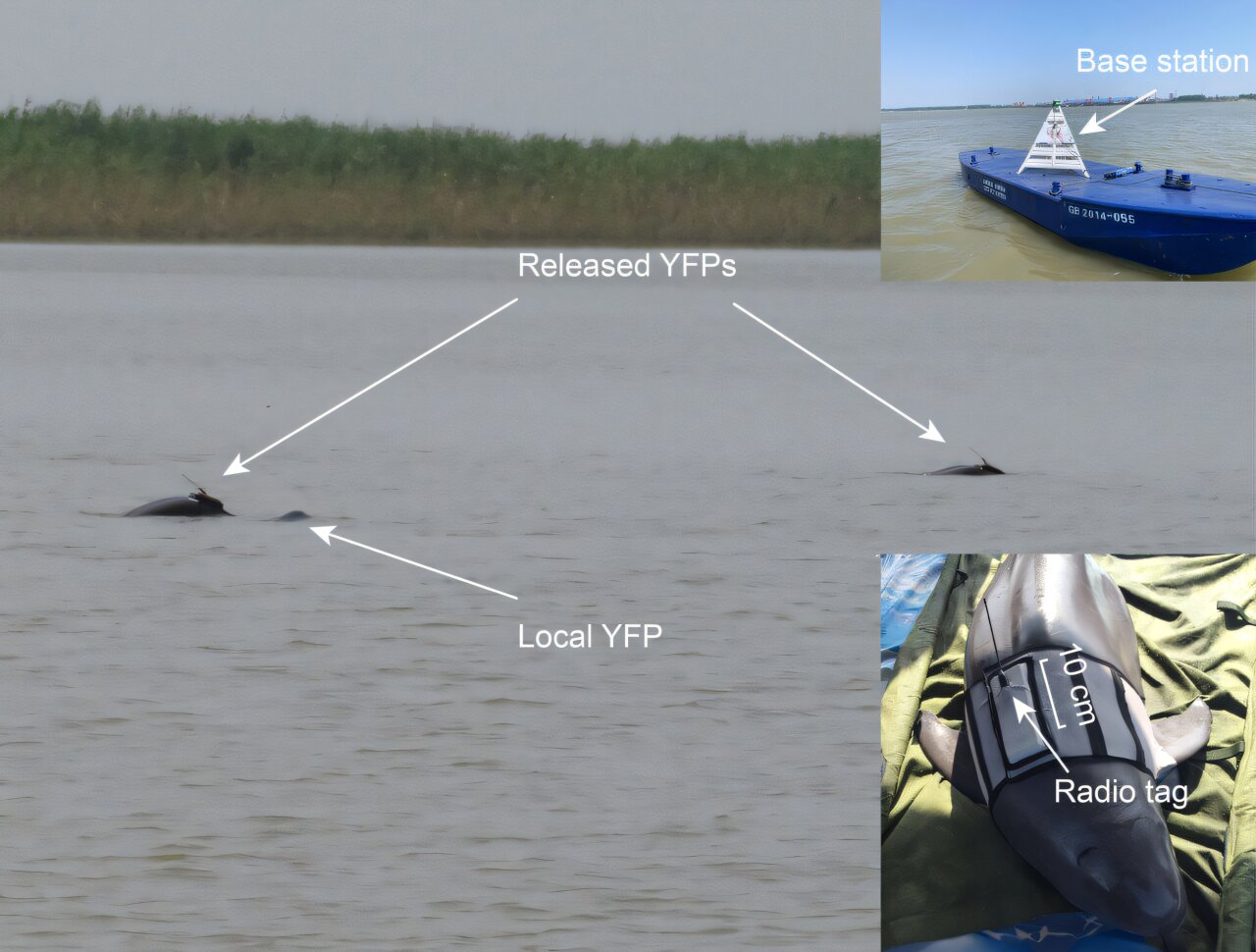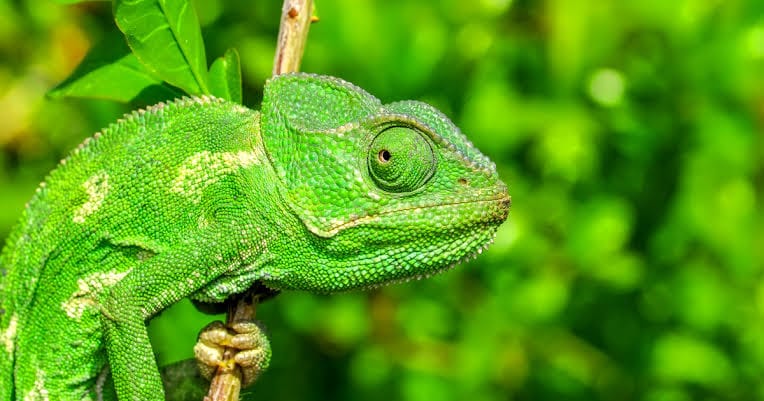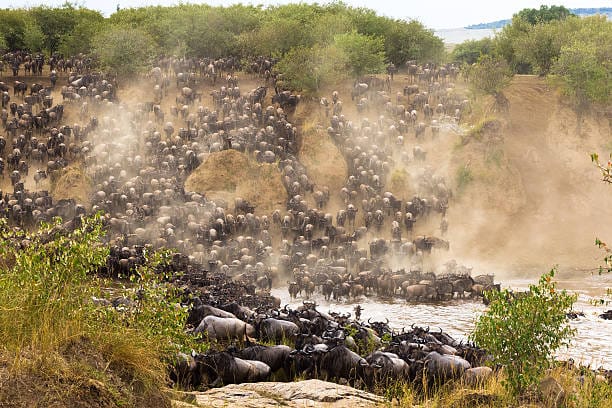In a quiet stretch of the Yangtze River, ripples broke the surface as two sleek, dark shapes glided into the current and vanished beneath the murky waters. For many, it might have been an ordinary sight—but for a dedicated team of Chinese conservationists, this moment marked a triumph years in the making. Two Yangtze finless porpoises, among the last of their kind, had just been released back into the wild after two years of careful rehabilitation in a protected reserve. Their story is more than a successful reintroduction. It is a beacon of hope for one of the world’s rarest and most enigmatic freshwater creatures—and a case study in how science, patience, and compassion can converge to rescue a species on the brink of extinction.
The Ghost of a Dying River
The Yangtze finless porpoise (Neophocaena asiaeorientalis asiaeorientalis) is no ordinary mammal. Unlike its marine cousins, this porpoise lives exclusively in freshwater, and its only natural home is China’s Yangtze River and a few adjoining lakes. What sets it apart even more is its face: round, expressive, and almost perpetually smiling, giving it an air of childlike curiosity. Yet behind that innocent appearance lies a struggle for survival that has spanned decades.
Once common along the vast, bustling river, the porpoise has suffered a fate shared by many freshwater species. Exploding industrialization, relentless river traffic, illegal fishing, sand mining, and dam construction have chiseled away its habitat. Noise pollution disrupts the porpoise’s sonar-based navigation and hunting. Fishing nets strangle unsuspecting individuals. Collisions with boats claim others. The numbers tell a grim tale: from over 2,500 individuals in the 1990s to just 595 in the latest survey, according to China’s Ministry of Agriculture and Rural Affairs.
The Yangtze River has already lost one cetacean—the baiji, or Yangtze River dolphin—declared functionally extinct in 2007. The finless porpoise teeters on the same precipice. But where the baiji was lost to history, the porpoise is being pulled back from the brink by determined human hands.
From Rescue to Refuge
The recent success story, published in Biology Letters, is the result of a collaboration involving the Institute of Hydrobiology of the Chinese Academy of Sciences, the Ministry of Agriculture, and local conservation organizations. It began with an unexpected sighting: two young male porpoises, spotted wandering far beyond their usual habitat range, into regions where food was scarce and human danger plentiful. Biologists believe the pair may have been driven by environmental stress or disoriented by degraded sonar conditions.
Left alone, the porpoises likely would have died—victims not of disease or predators, but of an increasingly inhospitable river. The team decided to intervene, initiating a delicate rescue operation. Capturing a wild cetacean is no simple feat, requiring coordination, calm, and absolute precision to minimize stress. The two males were carefully netted, examined by veterinary experts, implanted with ID microchips, and transported to a semi-natural reserve known as the Tian-e-Zhou Oxbow Nature Reserve, an artificial arm of the Yangtze designed as a sanctuary for the porpoise.
This protected area is more than a refuge—it is a controlled wilderness. The oxbow features natural water flow, native vegetation, and prey species, but is insulated from commercial fishing, pollution, and boat traffic. For two years, the rescued porpoises roamed freely within its bounds, monitored intermittently by a combination of drone surveillance, acoustic tracking, and health checks. They were not hand-fed or trained like zoo animals; the goal was always rewilding, not captivity. The reserve simply gave them a chance to grow strong in peace.
The Leap Back to Freedom
After two years in protective custody, the porpoises were judged ready for the real test: return to the untamed waters of the Yangtze. But their release required careful timing and strategy. Porpoises are highly social animals, and lone individuals do not fare well. Without a pod to join, even the healthiest animal can quickly deteriorate.
Using sonar-based mapping and long-term porpoise monitoring data, the team identified a section of the river where known pods resided and human activity was minimal. The location was ideal for reintegration—rich in fish, low in threats, and near other porpoises. The two males were gently guided into the release site and allowed to swim free.
What followed surpassed even the most optimistic projections. Within three days, both porpoises had been sighted swimming alongside wild pods. Acoustic tracking confirmed social interactions—echolocation pulses and chirps characteristic of communication among porpoises. Not only were they surviving, but they were adapting, bonding, and thriving.
Follow-up monitoring over the subsequent weeks showed both animals continuing to do well, displaying healthy feeding patterns, strong movement across their territory, and stable social behaviors. The rehabilitation, it seemed, had worked.
A Blueprint for Conservation?
This reintroduction is more than an isolated victory. It may represent a template for how conservationists can intervene to protect freshwater cetaceans and other aquatic mammals under pressure from human development. Historically, conservation efforts for marine animals have centered on preventing exploitation: banning hunting, enforcing fishing regulations, and establishing marine protected areas. But the Yangtze River poses a unique challenge. It is not only one of the busiest commercial waterways in the world but also a cultural and economic artery for over 400 million people.
This dense human footprint means the finless porpoise cannot be protected simply by cordoning off large sections of the river. Instead, conservation has to become dynamic—adaptive, responsive, and personalized. The approach demonstrated here—rescue, rehabilitation in a semi-wild setting, and strategic reintroduction—offers a viable path forward.
Yet it’s not without risk. Reintroduced animals may fail to adapt or struggle to reintegrate. Disease transmission between captive and wild populations is always a concern. Human interference during the monitoring phase must be carefully managed to avoid dependency or disruption.
Nevertheless, the results are promising. If more at-risk individuals can be identified and nurtured in similar conditions, the Yangtze porpoise population could potentially rebound. The key is balance: letting nature take its course while giving it a critical nudge in the right direction.
The Emotional Side of Science
Scientific literature often hides the emotional weight of conservation behind technical language, but stories like this remind us that field biology is also an intimate endeavor. These porpoises were not abstract data points. They were living beings with personalities, social needs, and quirks that researchers came to recognize over the course of two years. Some scientists described them as “curious but cautious,” especially around their human observers. One reportedly enjoyed following boats at a distance—never close enough to endanger himself, but always near enough to be seen.
Releasing such creatures back into the wild is always bittersweet. There is pride in a job well done, but also the ache of uncertainty. Will they be accepted by their peers? Will they find enough food? Will they survive? In the end, nature must answer those questions. But this time, the odds are better than ever before.
Looking Ahead: A River’s Second Chance
The Yangtze River, though battered, is not beyond redemption. Recent efforts by the Chinese government, including a 10-year fishing ban enacted in 2021 across key parts of the river, are already showing signs of ecological improvement. Wetlands are being restored. Sand mining is being restricted. Environmental awareness is growing among river communities.
And now, with the successful reintroduction of these two porpoises, a proof of concept exists that intervention can work—not just in zoos or labs, but in the complex and chaotic flow of a living river. The rewilding program may soon expand, with plans to identify more displaced porpoises for relocation and rehabilitation. Advances in sonar monitoring and AI-driven data analysis may help scientists detect stress signals in real-time, allowing for earlier and more targeted rescues.
But science alone cannot save the Yangtze finless porpoise. It will take a cultural shift—one that reimagines the river not merely as a corridor for commerce, but as a shared habitat, a living system that deserves stewardship as much as exploitation.
The Smile That Endures
In a world where conservation news is often bleak, the story of these two porpoises offers a rare and luminous counterpoint. It reminds us that extinction is not always inevitable, that with effort and empathy, species can be given a second chance.
The Yangtze finless porpoise, with its toothless grin and whisper-quiet glide, is more than a scientific curiosity. It is a symbol of resilience. A living relic of a once-thriving ecosystem. And now, thanks to the ingenuity and persistence of those who refuse to give up, it is swimming once again through its ancestral waters—alive, wild, and free.
Reference: Jiansong Qiu et al, Rebuilding the critically endangered Yangtze finless porpoise population: successful release from an ex situ conservation programme, Biology Letters (2025). DOI: 10.1098/rsbl.2024.0719






